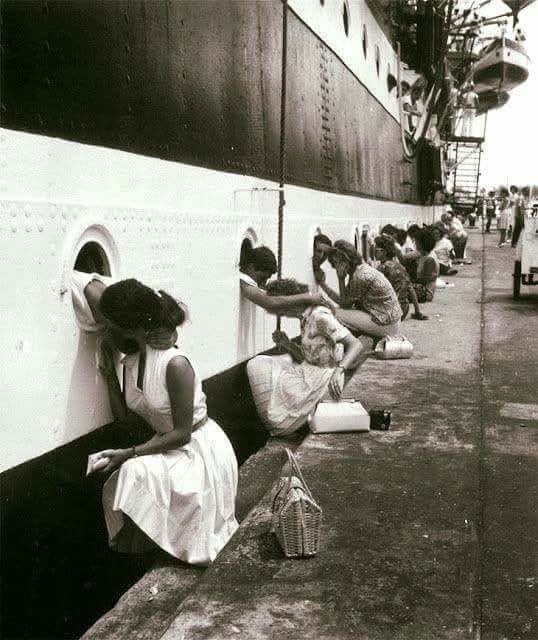

The world economies are changing quickly. China’s is the most burgeoning of the Asian economies, and many forecast it to be a short way off becoming the strongest in the world; if it has not already achieved this status. As a result more and more business investment is directed by China.
From the shipping of products or prototypes created as part of an offshore China manufacturing drive, to the creation of the ships that send these items around the world, the money and the momentum are now definitively Eastern.
The Role of the Eastern Economy
The “Eastern economy” of this subheading is really just a strong economy – of which there aren’t too many in the West at the moment, outside of Switzerland. Hence the choice of descriptor.
A strong economy is able to command more investment (as noted) – a fact demonstrated by the upcoming shipping conference in Singapore, called Sea Asia 2013. The importance of this conference is underlined by the participation of major Western shipping organisations not only in the conference itself but in its organisation. Seatrade, headed by Christopher Hayman, is one of the co-sponsors of the event – which has also been funded by Lloyds, Siemens and Rolls Royce Marine (among others). Note the global nature of the businesses and their focus on answering the core questions for which the Sea Asia 2013 conference has been set up: to understand more about tonnage requirements for both dry and liquid shipping.
Offshore China Manufacturing and the Modern World
Global businesses have always invested in offshore work. The rationale is simple enough – if work can be done to the right quality standards for less money in another country, then that’s where the work will be sent. This is how offshore China manufacturing – one of the elements that has allowed the Chinese economy to grow – began. But what now for its place in the world?
With China controlling more of the economic shots, it is looking to consume as well as to produce. British readers will know, of course, where this road can lead. It was in the 1980s that Margaret Thatcher started shifting the British economy towards consumption rather than production – a desire it held with other major Western economies of the time, notably the US (whose economic debt is now part owned by China). 30 years later, the British economy was on its knees.
So the role played by offshore China manufacturing in the development of the new economies will be interesting to see. After all, to date the history of economies has shown that as they strengthen they prefer to leave all the grunt work to other countries, where it can be done cheaper. Which raises an interesting question – will China end up outsourcing its production to the West?
Outsourcing and Prototyping
In essence, prototyping is a form of outsourcing. In this case the business model runs as follows: the company eventually to produce the product en masse, first hires a third party company to build a prototype to its specifications. Once the prototype has been perfected, production moves to an again potentially outsourced arm of the parent company – where hundreds of thousands of units can be made for the cheapest possible set of overhead costs.
All outsourcing aims to find the smallest overheads for the largest quantity of returned work. The parent company, the one doing the outsourcing, profits by taking full payment value for work done at a fraction of that value by a third party. The profit margin is then defined as the difference between what the parent company charges for the work, and what it pays the people who actually do it.
Perhaps, as global economies reshape themselves, the whole concept of borders (for tax and work purposes) may start to collapse.
Changing Global Economies: Role In Shipping Demand,






